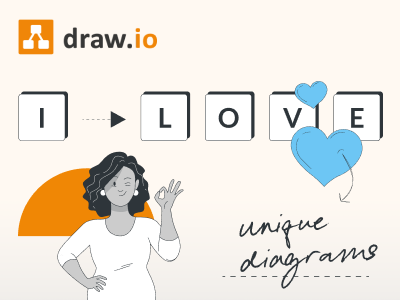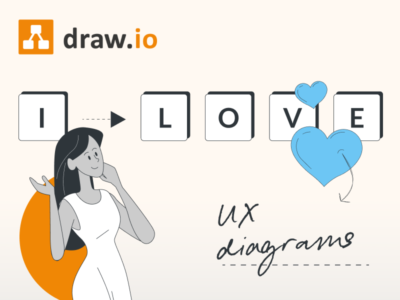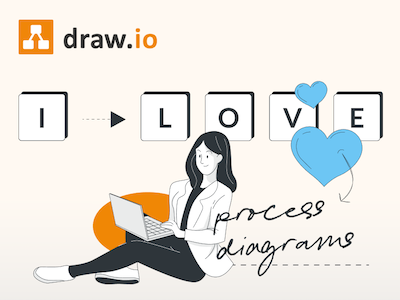In our “I 🧡 draw.io” series, we highlight the many possible uses and types of diagrams you can make with draw.io. This time, we also present use cases that are rather unusual for us: For example, we show you what connects a car refurbishment company, a hair salon and students of mathematics, and why we have sometimes been able to help without even knowing it.
We 🧡 draw.io #6 – and Unique Diagrams from Our Customers!





